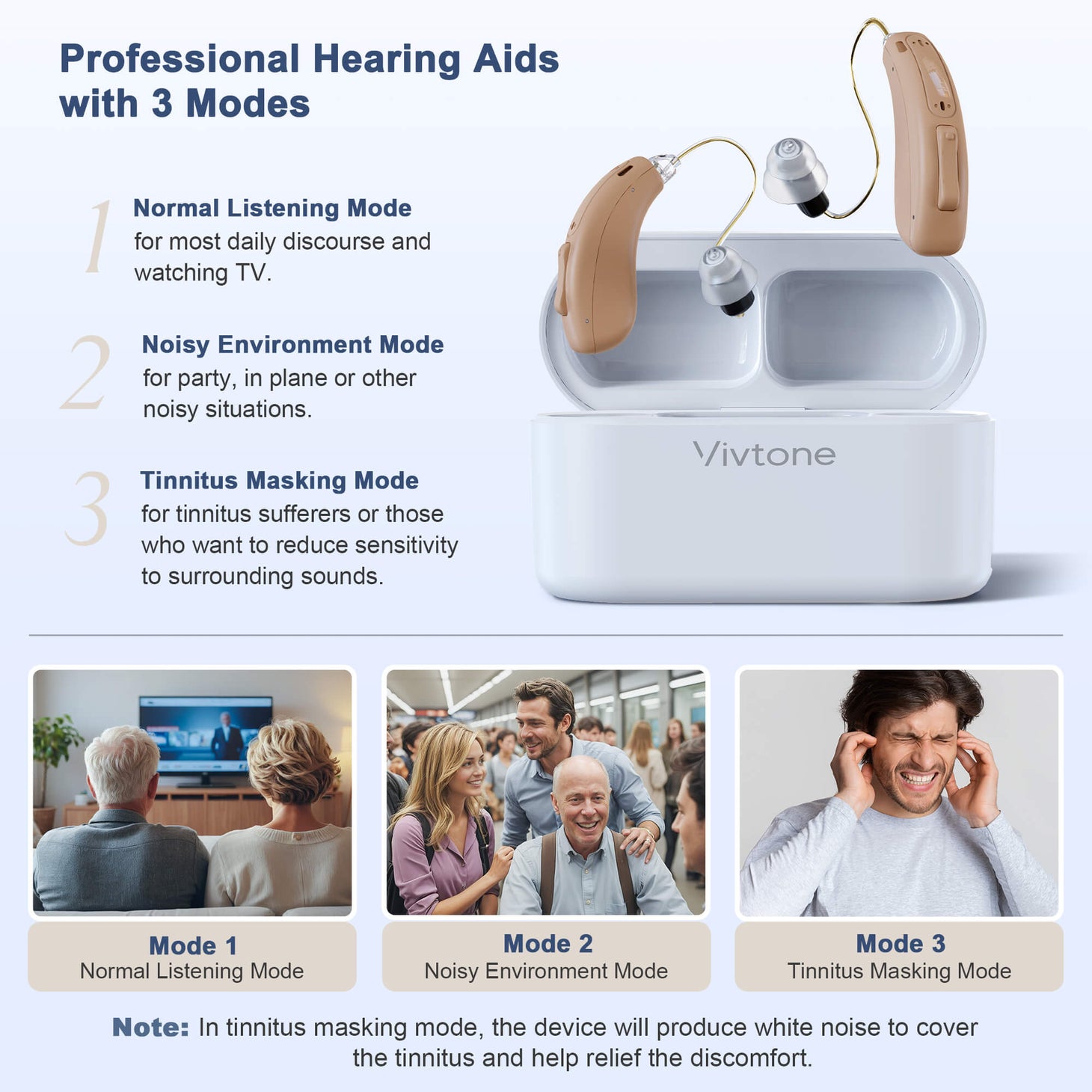In recent years, the healthcare industry has witnessed significant advancements in hearing aid technology. Among these innovations, rechargeable hearing aids have emerged as a game-changer. This article delves into the myriad benefits of rechargeable hearing aids, shedding light on how they are revolutionizing the healthcare sector.

Enhanced Convenience and User Experience
One of the primary advantages of rechargeable hearing aids is the unparalleled convenience they offer. Traditional hearing aids require frequent battery replacements, which can be cumbersome and costly. Rechargeable hearing aids eliminate this hassle, providing users with a seamless experience. For instance, users can simply place their hearing aids on a charging dock overnight, ensuring they are ready for use the next day. This ease of use is particularly beneficial for elderly individuals or those with dexterity issues.
Environmental Sustainability
Rechargeable hearing aids contribute significantly to environmental sustainability. Conventional hearing aids rely on disposable batteries, which contribute to environmental pollution. By switching to rechargeable options, users can reduce their carbon footprint. For example, a single rechargeable hearing aid battery can replace hundreds of disposable batteries over its lifespan. This shift not only benefits the environment but also aligns with the growing global emphasis on sustainable practices.
Cost-Effectiveness
While the initial investment in rechargeable hearing aids may be higher, they prove to be more cost-effective in the long run. The recurring expense of purchasing disposable batteries can add up over time. Rechargeable hearing aids, on the other hand, offer a one-time investment in a charging system. Additionally, many healthcare providers and insurance plans are recognizing the long-term savings and are beginning to offer better coverage for rechargeable options.
Improved Performance and Reliability
Rechargeable hearing aids are designed to deliver consistent performance. Unlike disposable batteries that can lose power unexpectedly, rechargeable batteries provide a reliable power source throughout the day. This reliability ensures that users do not experience sudden interruptions in their hearing aid functionality. For example, modern rechargeable hearing aids can offer up to 24 hours of continuous use on a single charge, making them ideal for daily wear.
Technological Advancements
The integration of advanced technology in rechargeable hearing aids has further enhanced their appeal. Many of these devices come equipped with features such as Bluetooth connectivity, allowing users to stream audio directly from their smartphones or other devices. Additionally, some models offer adaptive sound processing, which automatically adjusts the hearing aid settings based on the user's environment. These technological innovations not only improve the user experience but also contribute to better hearing health outcomes.
Conclusion
The benefits of rechargeable hearing aids in the healthcare industry are manifold. From enhanced convenience and environmental sustainability to cost-effectiveness and improved performance, these devices are transforming the way individuals manage their hearing health. As technology continues to evolve, the adoption of rechargeable hearing aids is expected to rise, offering even greater benefits to users worldwide. By embracing these advancements, the healthcare industry can ensure that individuals with hearing impairments enjoy a higher quality of life.
In summary, rechargeable hearing aids represent a significant leap forward in hearing aid technology. Their numerous advantages make them an attractive option for both users and healthcare providers. As we move towards a more sustainable and technologically advanced future, the role of rechargeable hearing aids in the healthcare industry will undoubtedly continue to grow.








